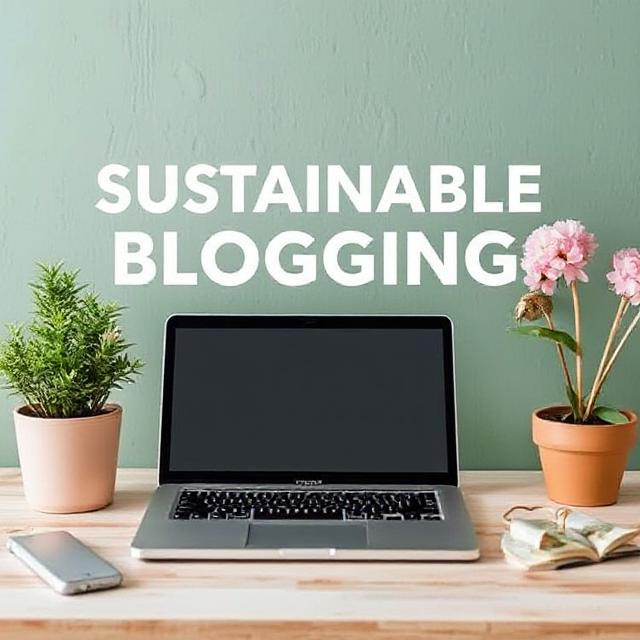
As the digital world grows, so does its environmental impact. While blogging seems paperless, it still consumes energy—through website hosting, content creation, and data storage. Sustainable blogging is about reducing your blog’s carbon footprint while promoting eco-friendly habits.
Why Sustainable Blogging Matters
1. Reduces Digital Carbon Footprint
- The internet accounts for 2-4% of global carbon emissions, comparable to the airline industry.
- Sustainable practices help minimize energy consumption and waste.
2. Appeals to Eco-Conscious Audiences
- Readers are increasingly drawn to brands that promote sustainability.
- Green initiatives enhance your blog’s reputation and credibility.
3. Supports Ethical and Responsible Content Creation
- Encourages minimalism, resource conservation, and mindful consumption.
- Aligns with the values of a greener, more responsible future.
How to Make Your Blog More Sustainable
1. Choose an Eco-Friendly Web Host
- Traditional hosting services consume massive energy. Opt for green web hosting providers like:
- GreenGeeks (100% renewable energy)
- Kualo (carbon-neutral hosting)
- A2 Hosting (energy-efficient servers)
2. Optimize Images and Videos for Faster Load Times
- Large media files increase energy consumption.
- Use:
- Compressed images (via TinyPNG or ShortPixel).
- Lazy loading to only load images when needed.
- Efficient video formats or embed from YouTube instead of direct uploads.
3. Reduce Unnecessary Plugins and Scripts
- Excess plugins slow down your site and use more server power.
- Stick to essential, lightweight plugins for better performance.
4. Use a Sustainable Design
- Dark mode or low-energy colors (darker themes require less power on OLED screens).
- Minimalist themes with clean code to reduce energy usage.
5. Encourage Digital Minimalism
- Avoid excessive emails and notifications to cut down server processing.
- Delete old drafts, unnecessary media files, and outdated posts.
6. Promote Eco-Friendly Topics
- Write about sustainable living, green tech, and ethical brands.
- Partner with eco-conscious brands for sponsorships or affiliate marketing.
7. Reduce Paper Waste in Content Creation
- Use digital note-taking apps instead of paper.
- Choose e-signatures and digital contracts when working with collaborators.
8. Offset Your Blog’s Carbon Footprint
- Join programs like Ecologi or CarbonFund to support reforestation projects.
- Donate a percentage of blog earnings to environmental charities.
9. Encourage a Greener Blogging Community
- Educate readers on sustainable practices.
- Start a “Green Blogger” challenge to inspire others.
